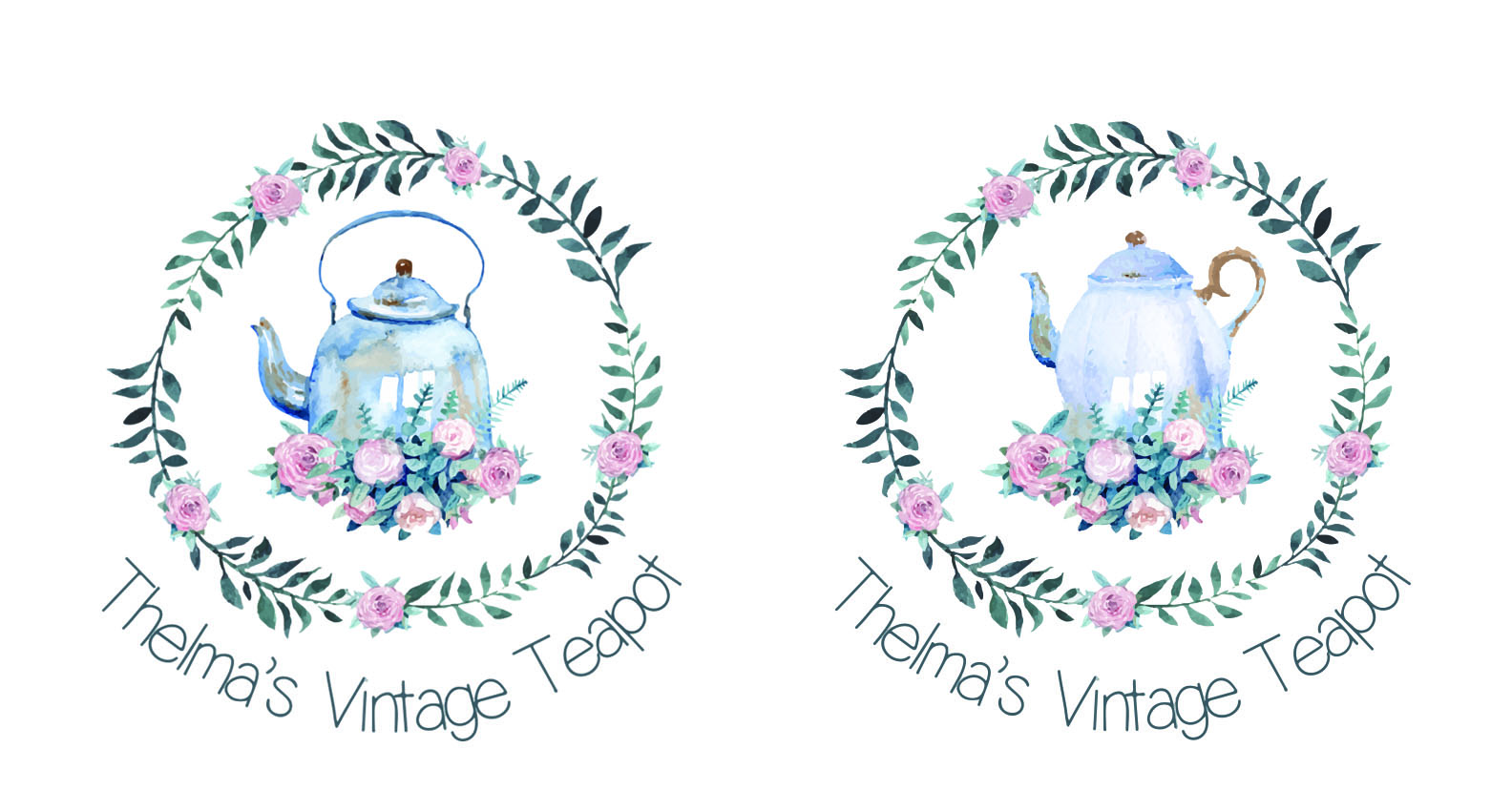Vectorizing images are images created from lines and directions. They differ from raster graphics in that they can easily scale to any size without pixelation, as the lines are redrawn whenever it is resized. Converting a raster, or pixel-based, image is tricky due to the inherent differences in the formats. You’ll essentially be tracing over the original image to recreate it in vector format. There are tools that can handle the heavy lifting of this process, but you’ll likely need to do some manual editing to get the final product looking just right.
Vectorizing images: Transforming Digital Imagery
Raster to vector conversion is a transformative process that plays a pivotal role in various industries, offering enhanced flexibility and scalability to digital images. In this article, we will delve into the intricacies of this conversion process, exploring its applications, techniques, and the impact it has on different sectors.
Introduction
Raster to vector conversion involves converting pixel-based, raster images into vector graphics. Raster images, composed of pixels, have limitations in terms of scalability and can lose quality when resized. However, by converting them into vector graphics, which use mathematical equations to represent images, these limitations can be overcome.
Understanding Raster Images
Raster images are the standard digital images we encounter daily, from photographs to web graphics. They are composed of a grid of pixels, each carrying specific color information. Common formats for raster images include JPEG, PNG, and GIF.
Challenges with Raster Images
While raster images serve many purposes, they come with inherent challenges. The most notable challenges include the loss of quality when enlarged and limited scalability, making them unsuitable for certain applications.
Introduction to Vector Images
Vector graphics, on the other hand, are composed of paths defined by mathematical equations. These graphics can be scaled infinitely without losing quality, making them ideal for various applications.
The Need for Raster to Vector Conversion
The need for raster to vector conversion arises from the limitations of raster images. By converting them into vector format, images become more versatile, allowing for seamless scaling and improved quality.
Applications in Design and Printing
The graphic design industry extensively relies on raster to vector conversion. Designers can create intricate and scalable illustrations, logos, and other graphics. Additionally, the printing and publishing sector benefits from vector images that ensure high-quality prints.
Vectorization Techniques
There are two primary techniques for raster to vector conversion: manual tracing and automatic conversion tools. Manual tracing involves a meticulous process where each element is traced by hand, ensuring precision. Automatic conversion tools, powered by advanced algorithms, offer a quicker but equally accurate alternative.
Choosing the Right Conversion Method
Selecting the appropriate method for raster to vector conversion depends on various factors such as image complexity, project timeline, and available resources. Numerous software options, both free and paid, cater to different needs.
Benefits for Businesses
Businesses, regardless of their industry, can reap significant benefits from raster to vector conversion. The process proves to be cost-efficient, especially in marketing and branding activities, allowing for consistent and high-quality visual elements.
Vectorization in Cartography
In the realm of cartography, raster to vector conversion enhances map quality. Geographic Information Systems (GIS) utilize vector data for accurate and detailed mapping, proving invaluable in urban planning and environmental studies.
Vectorization in Engineering and Architecture
In technical fields like engineering and architecture, precision is paramount. Raster to vector conversion aids in creating accurate technical drawings, seamlessly integrating with CAD (Computer-Aided Design) applications.
Vectorization in Fashion and Textile Design
The fashion and textile industry benefits from raster to vector conversion for creating seamless patterns and intricate designs. This process enhances the efficiency of design workflows and contributes to the overall quality of textile products.
Common Misconceptions About Raster to Vector Conversion
Despite its advantages, there are common misconceptions about raster to vector conversion, including concerns about loss of detail and the perception that it is a time-consuming process. In reality, advancements in technology have mitigated these issues, making the conversion process more efficient.
Future Trends in Vectorization Technology
Looking ahead, the future of vectorization technology is promising. The integration of artificial intelligence in the conversion process and emerging software innovations are set to revolutionize how images are transformed from raster to vector.
Conclusion
In conclusion, raster to vector conversion is a powerful tool that transforms the landscape of digital imagery across various industries. The benefits, including increased flexibility, improved quality, and scalability, make it a valuable asset for businesses and creative professionals alike.
FAQs
- Is raster to vector conversion time-consuming?
- Contrary to common belief, with advancements in technology, the process has become more efficient, saving both time and effort.
- Can I use free software for raster to vector conversion?
- Yes, there are several free software options available, though the suitability depends on the specific requirements of your project.
- How does vectorization benefit the fashion industry?
- Vectorization enhances the efficiency of design workflows in the fashion industry, allowing for the creation of seamless patterns and intricate designs.
- Are there limitations to the scalability of vector images?
- Vector images can be scaled infinitely without losing quality, making them highly scalable for various applications.


